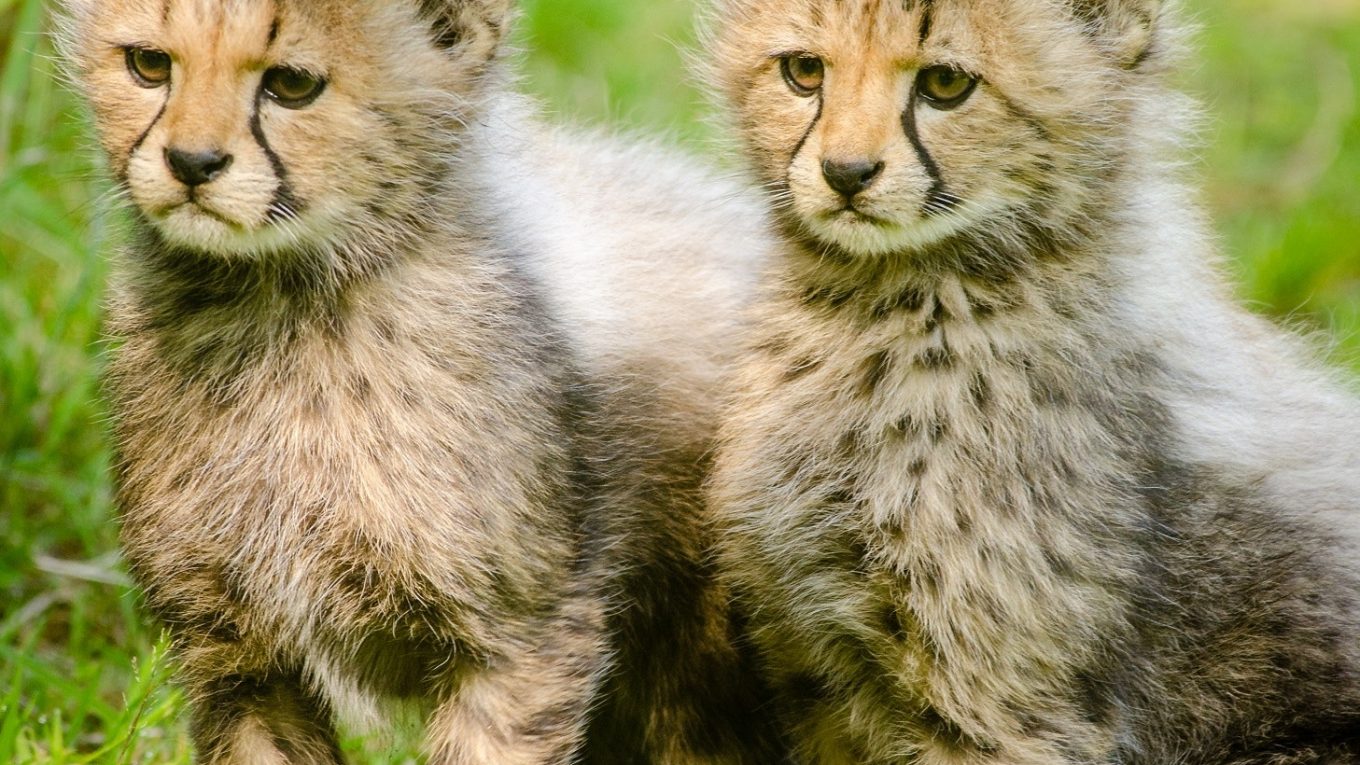Cheetahs are back in India!
Poorna in Year 12 shares with us some exciting news that for the first time in 70 years, cheetahs have been reintroduced into Asia having previously been eradicated from the area.
Once a creature of European, Asian, and African lands, the cheetah was great in numbers. However, it has been extirpated in Europe and most of Asia, leaving it to roam less than 10% of its former range in Africa (most of which is unprotected). The subspecies, Asiatic cheetah, are critically endangered and only found in Iran. This was the cheetah that once roamed the lands of India.
In 1952, the Asiatic Cheetah was officially declared extinct in India. Soon after, they began thinking about reintroducing the species. And 70 years later, on the 17th of September 2022, 8 incredibly fast, elegant, and flat out adorable East African Cheetahs made the rocky journey to India and were released into a growing national park in Central India.
There are less than 70,000 adult cheetahs in the entire world. To put that into perspective, that is roughly the same population as the number of people living in Wimbledon. India possesses the ideal habitat for cheetahs. It has widespread grasslands and forestry, however due to hunting and loss of habitat, this species were driven out of this country. Nevertheless, some of the habitat remains. Laurie Marker of the Cheetah Conservation Fund (the advocacy and research group that has been working with India on this project) said ‘To save cheetahs from extinction, we need to create a permanent home for them on earth’. And what better place to start than one of their original homes?
The Prime Minister of India did the honours of releasing the first 8, and there are more on the way. They hope that the natural landscapes of India will again provide a place for this gorgeous species to thrive.
How will this impact the natural ecosystem?
However, there is reason to be very cautious about this. Releasing a species into a well-established ecosystem can have catastrophic effects. Yes, they were once part of that ecosystem, but it has been 70 years. Time which has allowed the rest of the ecosystem to ‘move on’. How will cheetahs interact with other carnivores of the ecosystem? How will the prey be affected? And how will the balance between humans and cheetahs develop? These are all unpredictable questions that can have extremely detrimental answers. For example, the recent tiger boom in India which resulted in increased conflict between humans and tigers.
Despite these unpredictable consequences, they went through with it. And as glad as I am (cheetahs are my favourite animal if you didn’t gather that by now), scientists will just have to wait and see how this incredible species will respond to their new environment and how their new neighbours will react.

